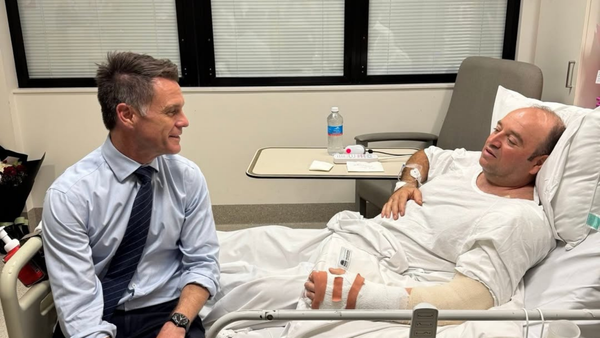
Walter Benjamin, the great German theorist of early 20th-century modernity, was famously unimpressed by art nouveau. Dismissive of the style’s dreamy aesthetic and flowery taste for designs inspired by the natural world, he described it as “the last sortie of an art besieged in its tower by technology”.
An artistic movement embodying a reaction against the mass production of the industrial age deserved a more sympathetic reception. Nevertheless, the 20th century appeared to agree with Benjamin’s analysis. By the end of the first world war, art nouveau’s decorative curlicues and flowing forms had fallen out of fashion as a more machine-inspired modernist aesthetic came into vogue. But that was then. More than a century on, as artificial intelligence offers a fresh tech challenge to humanity, a timely spot of revisionism appears to be taking place. Last month, in Paris, it emerged that a museum is finally to be dedicated to one of art nouveau’s most deserving and neglected exponents.
During the early 1900s, the architect Hector Guimard designed 167 entrances to the city’s new Métro, one of which was later to be donated to the Museum of Modern Art in New York. The stylised lettering and sinuous green ironwork, resembling insects’ wings or orchid stalks, quickly became synonymous both with art nouveau and with Paris itself. But despite their much-loved and emblematic status, almost half were bulldozed in an ill-advised wave of modernisation. Much of the rest of Guimard’s work in the city has been treated with equal disdain.
With good reason, the art enthusiasts who have lobbied for the new museum for years see it as the historic “righting of a wrong”. Meanwhile, 200 miles away in the birthplace of art nouveau, more rehabilitation work has been taking place. As part of a spectacular new exhibition, Brussels’ Art and History Museum this summer unveiled a restored version of Victor Horta’s famous Winter Garden, an immersive stained-glass marvel that helped make the artist’s name when it was designed in 1900.
This too became a victim of postwar architectural aesthetics, unceremoniously dismantled as part of a wider urban development programme. A six-year process of reconstruction has salvaged much of the original and replicated the rest. And completing what might be viewed as an upliftingly revivalist year, the work of Alphonse Mucha – best known for his poster portraits of the Parisian actor Sarah Bernhardt – is now being showcased at a new Mucha museum in Prague. In the US, a recent exhibition has also highlighted his influence on the psychedelic art of the 1960s counterculture.
Benjamin might have raised a sceptical eyebrow. But art nouveau’s emphasis on the importance of craftsmanship, and the conviction that artistic originality can introduce beauty as well as utility into the objects of daily life, are principles with a strong echo of William Morris’s work. They are energising doctrines to recall in a new age of existential anxiety.
Year by year, concerns grow over the extent to which artificial intelligence will colonise creative processes that once defined the meaning of being human. Guimard’s stunningly innovative Métro entrances remain a tourist attraction in their own right, and a tribute to the power of the free imagination. The Guimard and Mucha museums, and Horta’s rebuilt Winter Garden, can serve as reminders of what must be protected, as we enter our own equivalent of a new industrial age.
Do you have an opinion on the issues raised in this article? If you would like to submit a response of up to 300 words by email to be considered for publication in our letters section, please click here.







